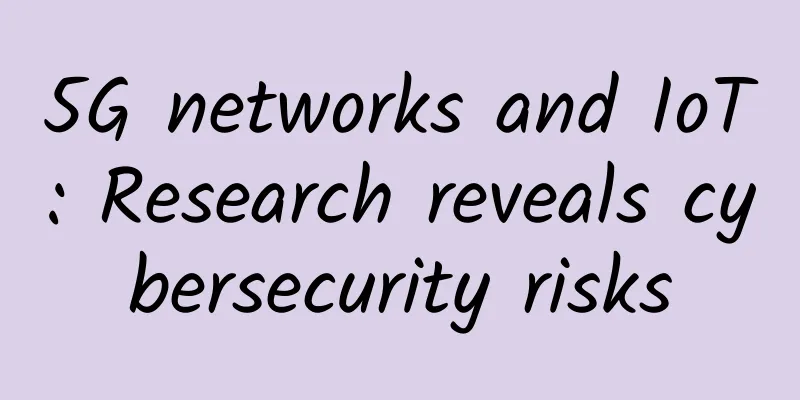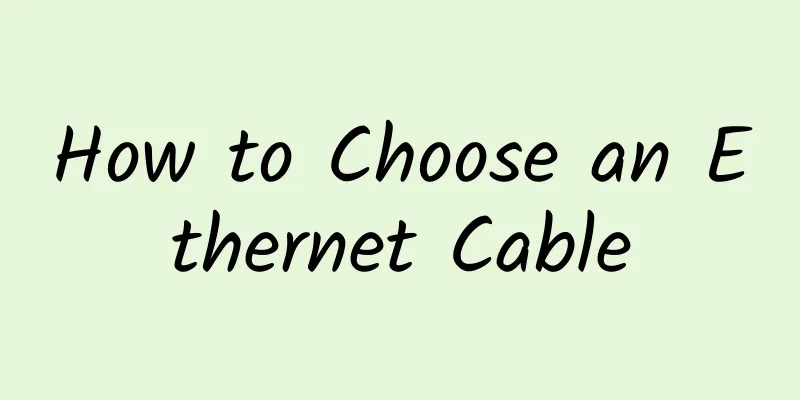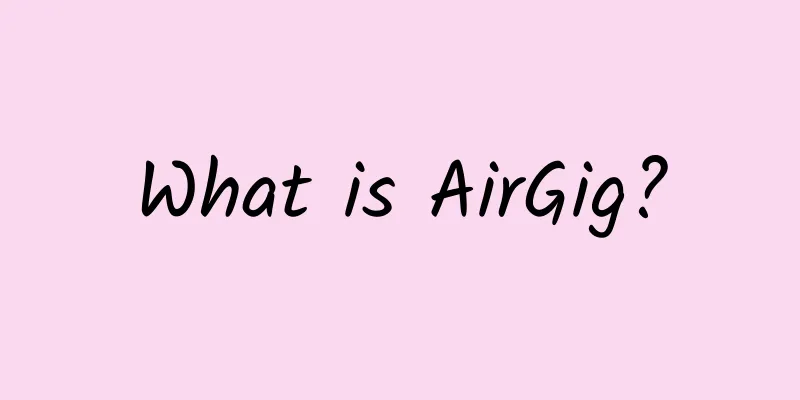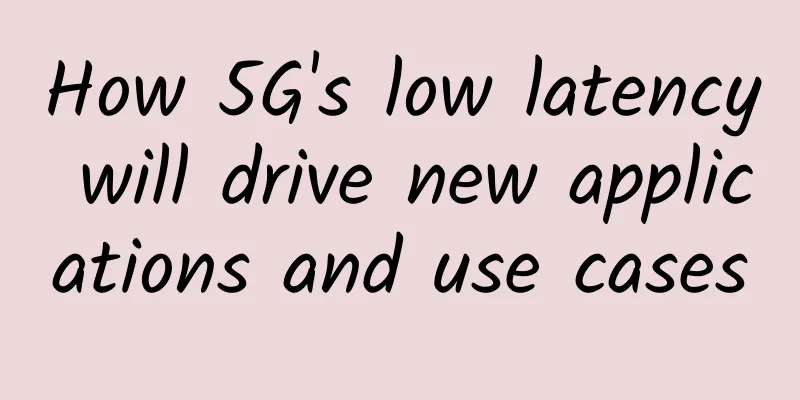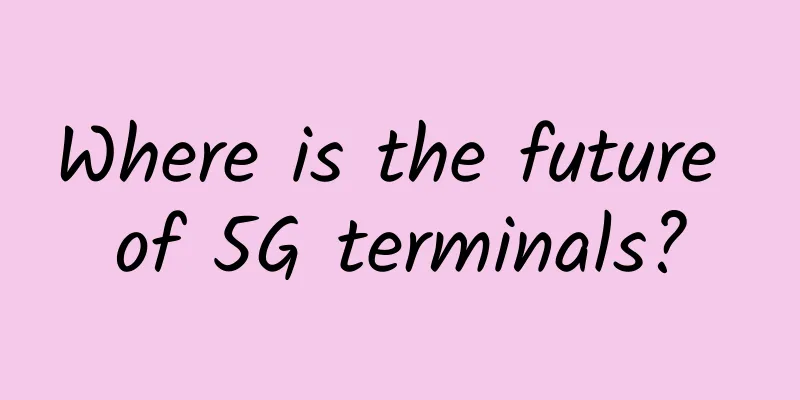Interviewer: What process will be executed after entering the URL?

|
After entering the URL in the browser, it will perform the following processes: Perform DNS domain name resolution; Encapsulate HTTP request data packets; Encapsulate TCP request data packets; Establish a TCP connection (3-way handshake); Parameters are passed from the client to the server; After receiving the client parameters, the server performs corresponding business processing, encapsulates the results into HTTP packets, and returns them to the client. The interaction between the server and the client is completed, and the TCP connection is disconnected (4 waves); The browser uses its own execution engine to render and display the final result to the user. 1. DNS domain name resolutionLocation in the network relies on IP for identity location, so the first step of URL access is to get the IP address of the server. To get the IP address of the server, you need to use DNS (Domain Name System) domain name resolution, which is to find the corresponding IP address through the URL. PS: Why not directly access the IP address to request the server? Because IP addresses are long and inconvenient to remember, while URL addresses are much easier to remember, so URLs are used to replace IP addresses. URLs are like aliases of IP addresses, and can be used to locate the corresponding IP addresses. The general process of DNS domain name resolution is as follows:
2. Encapsulate HTTP request data packetsAn HTTP request object contains 4 parts:
Its basic format is as follows: After obtaining the server IP, the local request will be encapsulated into an HTTP data packet, as shown in the figure above. 3. Encapsulate TCP request data packetThe underlying HTTP layer is implemented based on the TCP/IP protocol, so during the underlying data transmission, the HTTP request packet will be further encapsulated into a TCP data packet. 4. Establish a TCP connection (3-way handshake)The basis of HTTP communication is TCP connection. TCP connection requires three handshakes. The three handshakes are to verify the sending and receiving capabilities of the client and the sending and receiving capabilities of the server. Just like a phone call, a normal call starts like this:
After the above three handshakes, the sending and receiving capabilities of the client and the sending and receiving capabilities of the server can be proved, so that communication can officially begin. 5. The server obtains the HTTP request parametersAfter the data is transmitted to the server program through TCP, the TCP data packet will be converted into HTTP data packet (all this is thanks to the TCP/IP protocol), so that the server can get the request data sent by the client. 6. The server performs business processing and returns dataAfter the server receives the request parameters from the client, it will perform the corresponding business processing. After the processing is completed, it will return the processing results to the client. The return process is similar to the sending process. The result is first encapsulated into an HTTP data packet. The HTTP data packet can be divided into the following 4 parts:
Its basic format is as follows: The status line is used to describe the return status of the server. It consists of 3 parts:
The common status codes are as follows:
The response body is all the data returned to the client. 7. Disconnect TCP connection (4 waves)After one request and one response, the "communication" between the client and the server ends, and the TCP disconnection process can be executed, which requires 4 waves:
After the above process, the TCP connection is disconnected. 8. The browser renders and displays the resultsAfter TCP interaction, the client also receives the data returned by the server, and then uses the browser's own execution engine to display the final result to the user, and the entire execution process is completed. References & Acknowledgementszhuanlan.zhihu.com/p/58108010 |
>>: How does SpringBoot ensure interface security? This is how veterans do it!
Recommend
5G will revolutionize the Internet of Things, but not soon
5G technology is the most anticipated network upd...
Knowledge Popularization | 7 Deployment Solutions for 5G Private Networks
[[315546]] What is 5G private network? 5G private...
Aoyozhuji 20% off for all lines, US CN2/Hong Kong CN2/Germany CN2/Netherlands CN2/Hong Kong high-defense lines
Aoyozhuji is a long-established foreign VPS servi...
Wall Street's largest securities service platform brings blockchain technology to the CDS market
[Original article from 51CTO.com] According to Bl...
How can edge computing win in the context of 5G "new infrastructure"?
Edge computing has become one of the hottest tech...
Three major problems facing my country's 5G base stations
At present, the development of 5G commercializati...
F5 has been in the industry for 20 years and is still the top player. How did it become the top player in application delivery?
[51CTO.com original article] A financial client o...
IDC: Global Ethernet switch and router markets mixed in the second quarter
According to the Ethernet Switch and Router Quart...
SoftShellWeb: 30% off VPS in Taiwan/Netherlands/San Jose, 1Gbps unlimited traffic from $3.5/month
SoftShellWeb has launched a promotion for all VPS...
Experts gather between REST, gRPC and GraphQL!
REST, GraphQL, and gRPC are the three most common...
Tencent: Fully opening up 5G capabilities to build a "new connection" in the digital era
As an important part of the new infrastructure, 5...
Huawei's Li Jie: Leading with innovation and continuously consolidating high-quality 5G networks
[Shanghai, China, June 5, 2023] At the 2nd Mobile...
9 killer apps for edge computing
Edge computing provides a new paradigm for runnin...
Boomer.host: $4.95/year-512MB/5GB/500GB/Texas (Houston)
The tribe once shared information about Boomer.ho...
What exactly is “5G New Call”?
In today’s article, let’s talk about a very popul...
